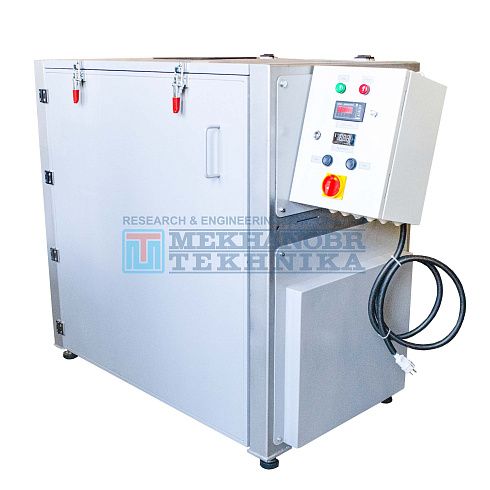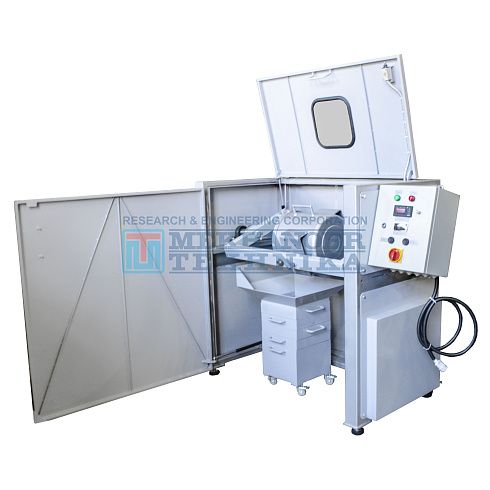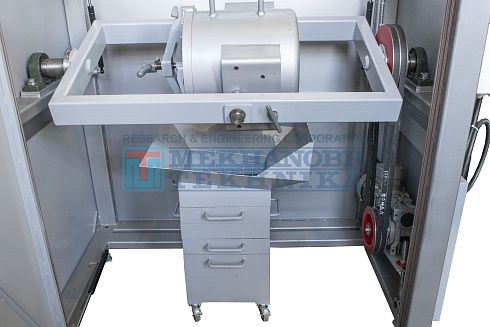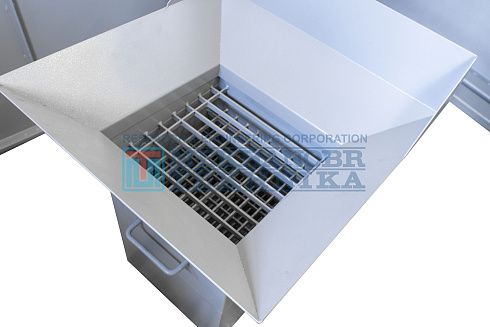Purpose:
The Bond Work Index Testing Mill is specialized laboratory equipment used in mining industry to estimate Bond Work Index. This index provides a quantitative evaluation of a material’s resistance to grinding and allows for the calculation of the energy required for crushing and grinding.
The data obtained with the Bond Work Index Testing Mill helps minimize risks during the design of mining facilities, predict maintenance costs, and select the most suitable technologies for comminuting a specific ore. Thus, this machine is an essential tool in mineralogy, metallurgy, and the mining industry.
Operating principle:
To evaluate the Bond Work Index, strict adherence to a standardized procedure is required.
The drum of the mill is loaded with the material to be ground, which must be pre-dried and crushed, as well as with steel balls of fixed mass and size (if rods are used, their size can vary). The number of balls is recorded according to Bond’s method. Rods are used only with a specifically designed drum.
When the drum rotates at a constant speed, the material is comminuted by the combined forces of crushing, grinding and shearing.
After completing a cycle of grinding, the drum is stopped. The mixture of ground material and balls is discharged into a mobile sample receptacle with wheels to simplify transportation to the location where the analysis will be conducted.
The mobile sampler is equipped with a grate for ball separation and a discharge vessel for the ground material.
Features:
-
Suitable for determining the Bond Work Index (BWI) and Rod Mill Work Index (RWI)
-
Configurable with either a ball drum or a rod drum
-
Easy hinging of the grinding drum for convenient discharge
-
Simple adjustment of drum rotation speed
-
Discharge grate for efficient separation of grinding media (balls only)
-
Mobile sample receptacle for easy transport
-
O-ring seal on the grinding drum to prevent material loss
-
Effective soundproof cover
-
Dry and wet grinding modes available
Delivery set:
The Bond Work Index Testing Mill as a unit, soundproof cover, mobile sample receptacle as a unit, operating console.
Additional equipment:
Sets of balls or rods.
Examples of materials:
Ores of ferrous and non-ferrous metals, minerals (phosphates, bauxites, quarts, feldspar, limestone, etc.), coal, construction materials feedstock (shale, gypsum, clay, etc.), other minerals of high hardness and abrasiveness.








